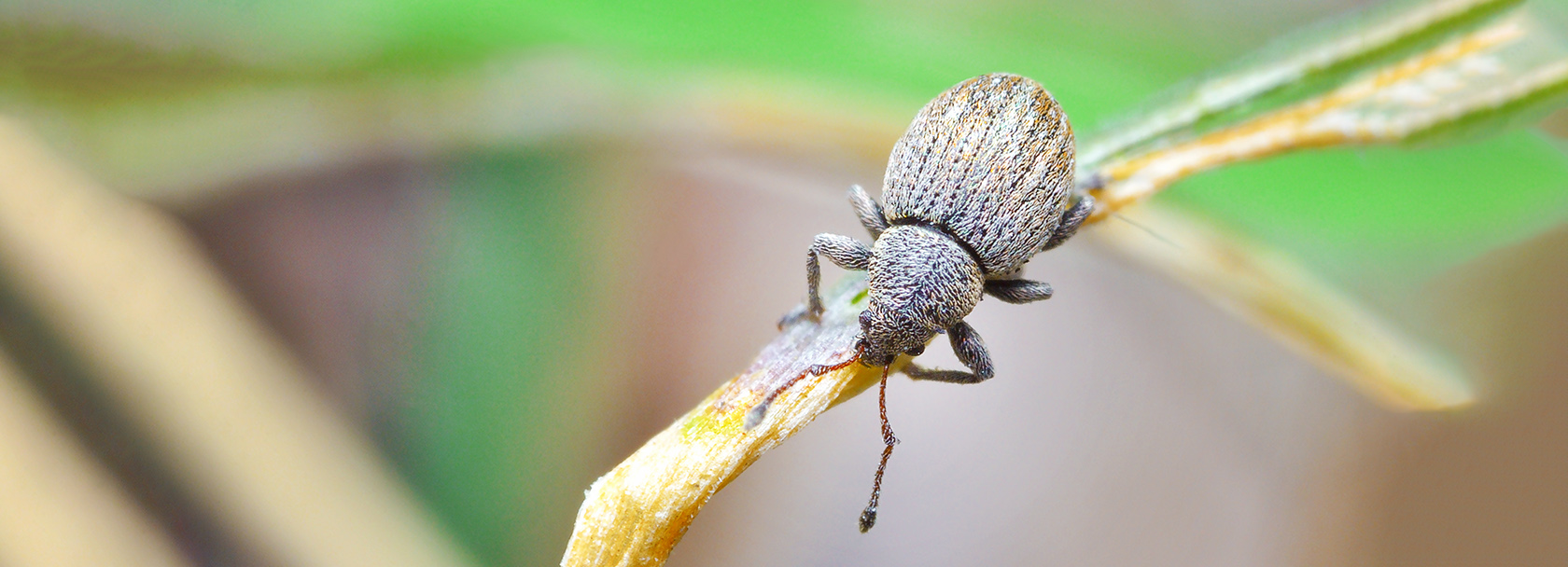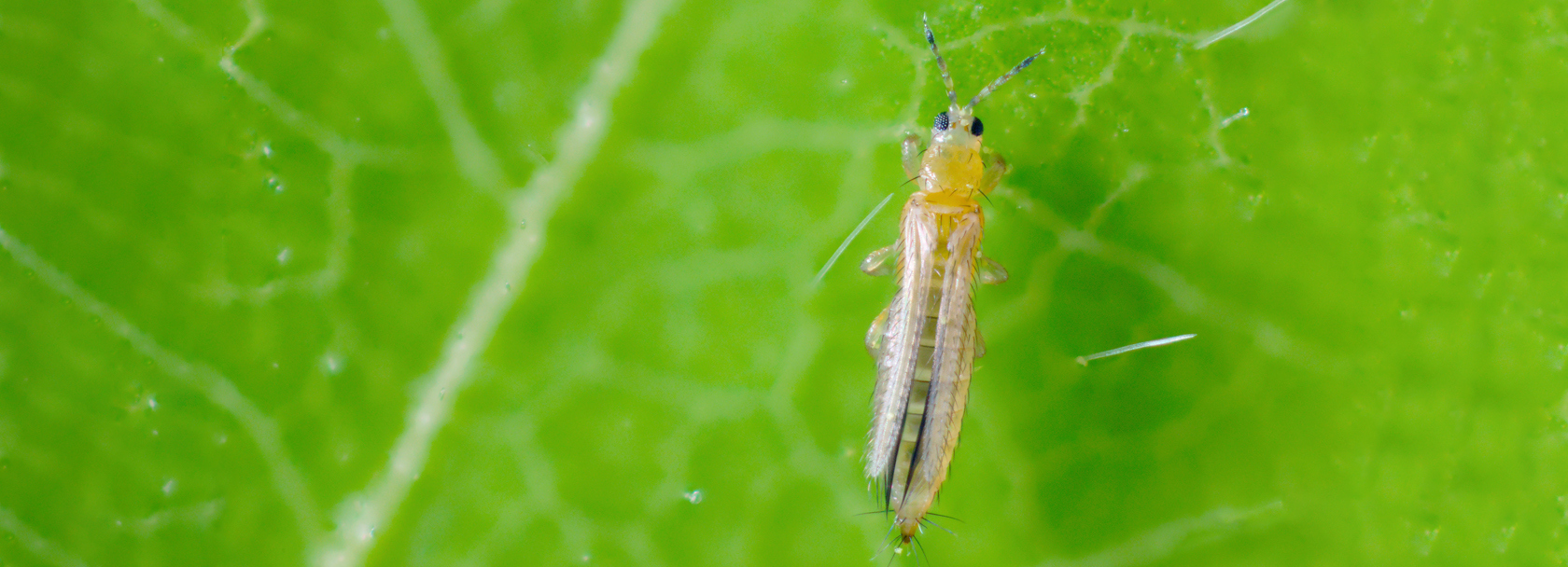Nematode use in
SOLUTIONS FOR PROFESSIONAL SOFT FRUIT CULTIVATION
Are you an organic berry grower or do you want to apply optimal resistance management as an integrated farm and minimize residues in your fruit? Then you have come to the right place! We offer you optimal alternatives to conventional chemical pesticides.

Control of weevil larvae and grubs in soft fruit cultivation
Weevil larvae, such as those of the black vine weevil (Otiorhynchus sulcatus) or the strawberry root weevil (Otiorhynchus ovatus), are important pests in professional soft fruit cultivation. Especially blueberry, raspberry and strawberry crops are often infested by them. The larvae of the beetles feed on the roots of the plants, causing them to stunt or die.
The larvae of the weevils are particularly susceptible to nematodes of the genus Heterohabditis. The nematodes are mixed with water and introduced into the soil. There, the nematodes actively search for weevil larvae and penetrate them. There they secrete a symbiotic bacterium that kills the larvae and multiply inside them. Once the larvae are eaten, the nematodes look for new larvae. This process is repeated until all larvae have been destroyed. Our products nematop® and nemamax® are based on this nematode genus and are very suitable for controlling weevil larvae in soft fruit cultivation.
nemamax® contains the cold-resistant nematode species Heterohabditis downsei and is already effective when daytime soil temperatures are around 8°C. Cooler night temperatures do not harm the nematodes, they are then only inactive. The larvae and pupae of the black vine weevil are controlled. Application is possible in early spring and late fall.
nematop® contains nematodes of the species Heterohabditis bacteriophora and is effective as soon as the daytime soil temperatures are above 12 °C. The larvae and pupae of the pine weevil are also controlled. Here, too, the larvae and pupae of the black vine weevil are controlled. Application is possible from the beginning of April to the end of May and from August to the beginning of October.
Application of nematop® and nemamax®
Application can be made by soil application, crop protection spray or drip irrigation/drip tubes.
The application rate is 500,000 nematodes per square meter in soil and 5,000 - 10,000 nematodes per liter of substrate in container crops.
Which pests can be controlled with nematop® and nemamax®?
- Black vine weevil
- clay-coloured weevil
- Strawberry root weevil
- Leaf weevil
- Red-legged weevils
- Garden chafer
- Grubs
Contact

CONTROL OF THRIPS IN STRAWBERRY CULTIVATION
Especially when growing strawberries in greenhouses or under foil tunnels, thrips (Frankliniella occidentalis) can be a troublesome pest. Direct damage is caused by sucking activity and resulting deformations, and indirect damage is caused by the spread of viruses.
For pupation, 95% of the penultimate nymphal stage (commonly referred to as the prepupa) migrates to a soil depth of 1.5 - 2 cm. The presence of predatory beneficial insects active above ground increases the proportion of prepupae migrating into the soil. Thrips spend 1/3 of their development in the soil.
This is also where the nematodes come into play. 125,000 - 250,000 nematodes are applied per m² with at least 100 ml of water. The application is done by drip irrigation or with a foliar application without wetting agent, so that the drops can roll off the leaves. The nematodes attack the thrips present in the soil, but hardly reproduce in them, so this application must be repeated every 10 days because new thrips are constantly migrating into the soil.
Which stages of thrips can be controlled?
The best effect is achieved against the stages pre-pupa and pupa.
Nematodes against Thrips
nemaflor® contains nematodes of the species Steinernema feltiae for biological control of pre-pupae and pupae of flower thrips. The gel formulation prevents residues of the agent from remaining on flowers and strawberries after spraying.
